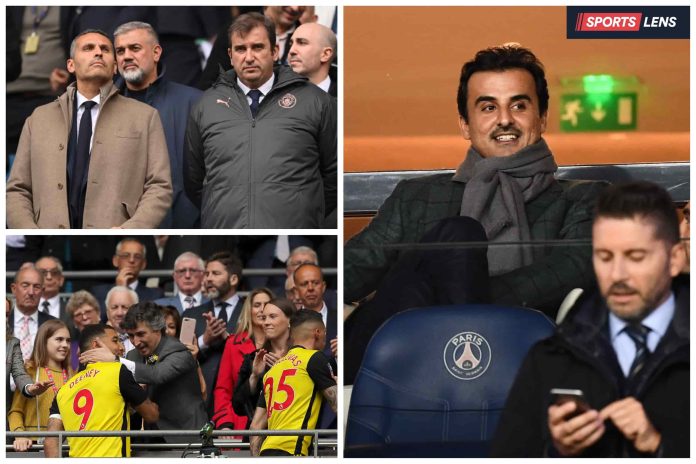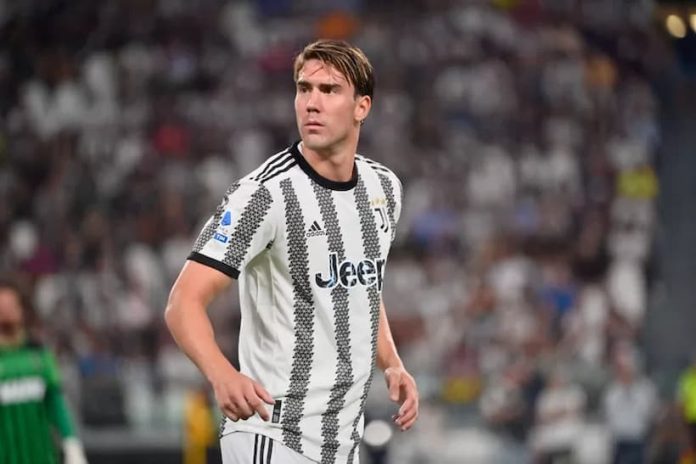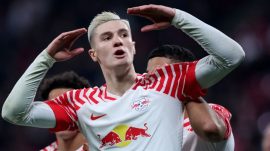Multi-club ownership has dominated ethical conversations surrounding football in recent weeks, after UEFA president Aleksander Ceferin hinted at a softening of regulations. With billionaire investors on alert with the possibility of owning multiple elite level clubs in Europe, we are putting the model under the microscope to uncover how wide-scale the phenomenon already is, and the dangers it could present.
As of 2022, there were 156 clubs worldwide that were part of 60 multi-club ownership (MCO) groups, but these figures will undoubtedly grow in light of Ceferin’s recent comments.
Current UEFA legislation dictates that clubs owned by the same controlling shareholder are not allowed to compete in the same European competitions, although there are several case studies of MCO existing in the face of UEFA regulations.
Red Bull have proved this ruling to be fairly feeble after two of their subsidiaries – Leipzig and Salzburg – have been free to compete together in the Champions League on several occasions.
Two seasons ago AC Milan and Lille faced each other in the Europa League. The French side’s now-former owner Gerard Lopez was backed by US equity firm Elliott Management, which also had a controlling stake in the Italian champions.
In the very near future we are likely to see MCO reach new heights. Despite insisting their consortium is entirely separate from the Qatar Sports Investments’ majority stake in Paris Saint Germain, and minority stake at Braga, Manchester United are the subject of strong interest from another Qatari-backed takeover bid, headed up by Sheikh Jassim Bin Hamad Al Thani.
A rival bid from Britain’s richest man Sir Jim Ratcliffe is backed by the Ineos Investment Group, who own French Ligue 1 side OGC Nice and Swiss Super League side FC Lausanne-Sport.
"If there's a spare £5m in the ownership group that summer who's getting the cash for a transfer?"@AdamCrafton_ uses Crystal Palace and Lyon as an example of the complexities caused by multi-club ownership…
🎙️ 𝗧𝗛𝗘 𝗔𝗧𝗛𝗟𝗘𝗧𝗜𝗖 𝗙𝗢𝗢𝗧𝗕𝗔𝗟𝗟 𝗣𝗢𝗗𝗖𝗔𝗦𝗧 pic.twitter.com/t9ESnqaoVz
— The Athletic | Football (@TheAthleticFC) March 23, 2023
Elsewhere, Newcastle’s ambitious ownership group comprised of PCP Capital Partners, RB Sports & Media and the Saudi Arabia state-run Public Investment Fund are turning their attention to expanding their football portfolio, with talks having begun with 777 Partners – a US firm that already has control of Serie A side Genoa and links with clubs across Europe such as Sevilla, Standard Liege and French outfit Red Star FC.
In other words, the renewed conversations surrounding MCO have unearthed an existing threat to football that has grown exponentially over the past two decades, particularly as investors from the US and the Far East flood into the ultra-marketable, and highly-profitable European football landscape.
Multi Club Ownership By Country – Top 10
As listed below, the USA leads the way in MCO, with 16 clubs currently part of a wider football network. This mirrors the franchise model that can be found in other popular US sports such as the NFL and baseball, but both Italy and England follow closely in joint-second with 15 clubs; an alarming indicator that the sport is becoming increasingly ‘Americanised.’
- USA – 16
- Italy – 15
- England – 15
- Belgium – 12
- Spain – 10
- Denmark – 9
- France – 9
- Mexico – 7
- Germany – 6
- Portugal 5
How Does Multi-Club Ownership Affect Transfers?
Perhaps most pertinently, the City Football Group, which expands across 12 different teams including Manchester City, Girona and Melbourne FC, is an interesting place to begin when looking at the effect on transfers.
There is a clear, common playing style across these clubs, which allows feeder teams to house players from the parent clubs in the ownership group. This is largely viewed as a positive, with organisations able to pool their resources and establish working relationships with similar teams.
Although this is perhaps a speculative look into the distant future, should players exclusively be transferred between the clubs within the ownership collective, the transfer market as we know it will become increasingly diluted.
Inequalities will also arise between feeder and parent clubs, as well as a muddying of the waters when it comes to the competitiveness of the market. Essentially, football could grow to a point where we are no longer talking about the strength of individual teams, but rather the effectiveness of the multi-club model they belong to.
Examples of Transfers Between Related Clubs
- RB Leipzig and RB Salzburg – 20 transfers between clubs.
- Manchester City and Troyes FC – Seven loan deals over the past two seasons.
- Watford and Udinese (Pozzo Family) – Over 50 transfers between clubs.
- Lille and Mouscron – 10 young players transferred in the summer of 2019.
Related Football Content
- Football Betting Tips 2023 – Latest Picks & Football Tips
- Football Predictions March 2023
- Football Accumulator Tips 2023 – Latest Acca Betting Tips
- Best Correct Score Tipsters on Telegram & Social Media 2023
Add Sportslens to your Google News Feed!







